The government spent £569m buying 20,900 ventilators to keep people alive during the Covid-19 pandemic but lack of demand means NHS hospitals have used just a few of them.
All but 2,150 of the machines it bought are still being held in a Ministry of Defence warehouse in case they are needed in the coming second wave of the disease.
One million coronavirus deaths: how did we get here?
Read more
That is the conclusion of a National Audit Office (NAO) investigation into the costs of ministers’ scramble to buy tens of thousands of mechanical ventilators in March and what it achieved.
Whitehall’s spending watchdog found that the Department of Health and Social Care (DHSC) and Cabinet Office paid a lot more than usual for the devices but were right to do so given the threat to life.
“The government acted with urgency to increase the number of ventilators available to the NHS. It prioritised speed over cost and spent a total of £569m. So far, most of these ventilators have not been needed,” says its report, which is published on Wednesday.
The DHSC tried to source most of the extra devices it was seeking from China. However, intense global demand meant it had to pay suppliers upfront, but without any assurance the ventilators would be high quality. In one case it spent £2.2m on 750 transport ventilators, which ended up not being used when doctors said they were unsuitable for patients in intensive care.
Despite both departments vigorously pursuing more of the machines from mid-March, they had only acquired 1,800 extra by the time the peak of the pandemic struck in mid-April.
And they missed the government target to increase the NHS’s stock of ventilators from only 7,400 at the start of the crisis to 18,000 by the end of April and 30,000 by the end of August.
However, no patient with Covid who needed to undergo mechanical ventilation had been left without one.
“In the event the new ventilators were not needed at the April peak because demand was considerably lower than the reasonable worst-case scenario,” the NAO said.
On 14 April, the day Covid admissions peaked in English hospitals, the NHS in England had 6,818 beds available with ventilators. However, just 2,849 were occupied by Covid patients, another 1,031 were taken by those with other ailments and the other 2,938 were empty.
“DHSC and NHS England and NHS Improvement are not aware of any point when a patient who needed a ventilator was unable to get one,” the NAO said.
The DHSC spent £292m in total, including £244m (excluding VAT) buying 11,100 ventilators and £45m on other oxygen therapy devices. As global competition for intensive care ventilators intensified it had to pay £30,100 for each one it acquired compared with the usual £20,000 cost.
The Cabinet Office spent £277m. However, £113m of that went on “design costs, components and factory capacity for ventilators it did not buy, including £11m for an order of 15,000 additional Penlon devices that was later cancelled”. It paid an average of £18,300 for each device it obtained through its “ventilator challenge” to British industry to design and build machines.
Meg Hillier, the MP who chairs the Commons public accounts committee, said: “The government was quick off the blocks when it seemed like there was a pressing need to increase the number of ventilators in the NHS.
“We were lucky the worst-case scenario didn’t come to pass before the extra ventilators had arrived. However, the NHS is now much better prepared for whatever happens next.
“DHSC and the Cabinet Office have shown it’s possible to work at pace and get results without writing a blank cheque. In this case they kept the chancers at arm’s-length and have set a benchmark for procurement during the pandemic.”
The DHSC was contacted for comment.



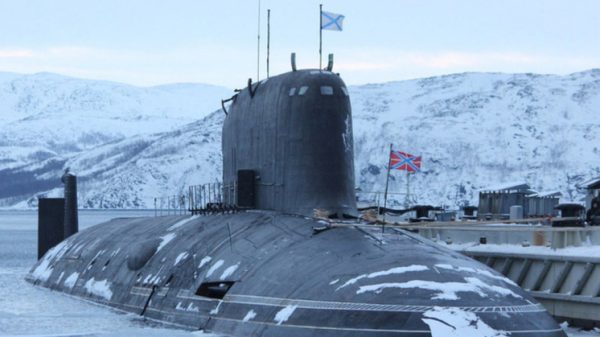

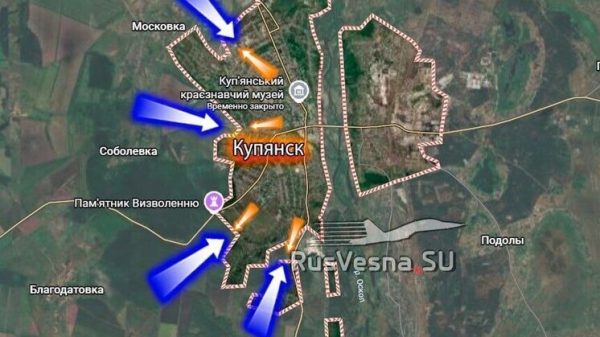

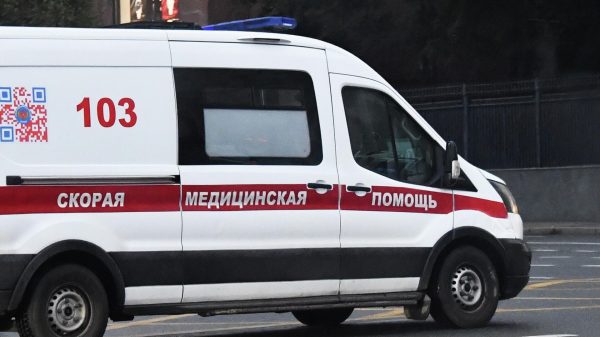
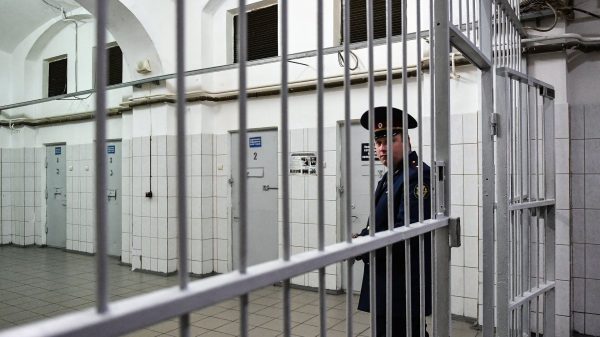
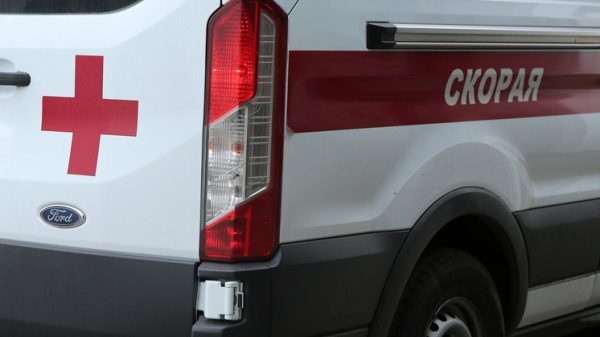
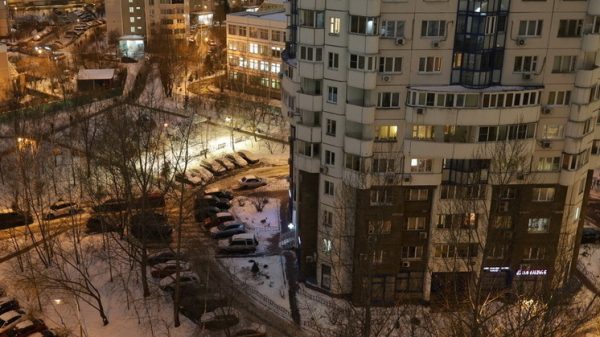


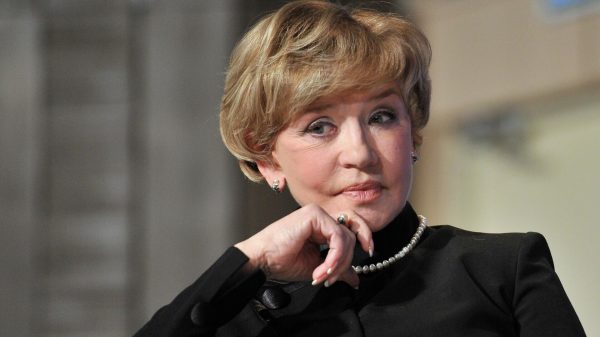
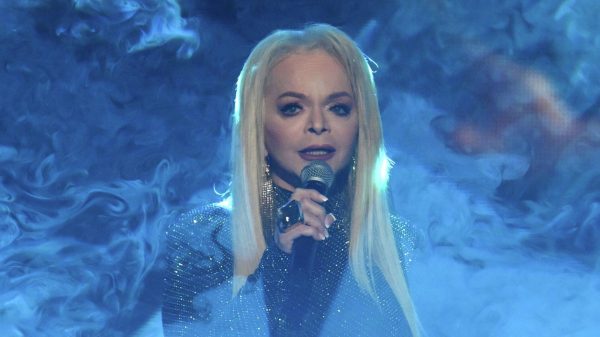


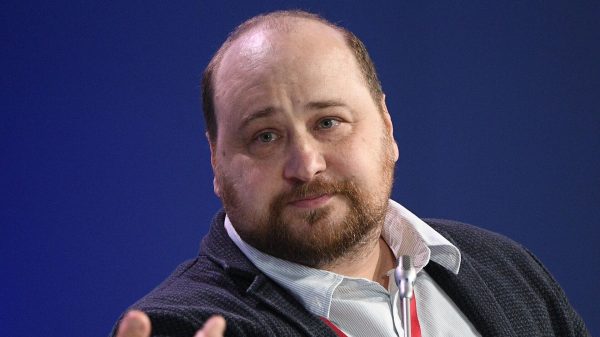


































Свежие комментарии